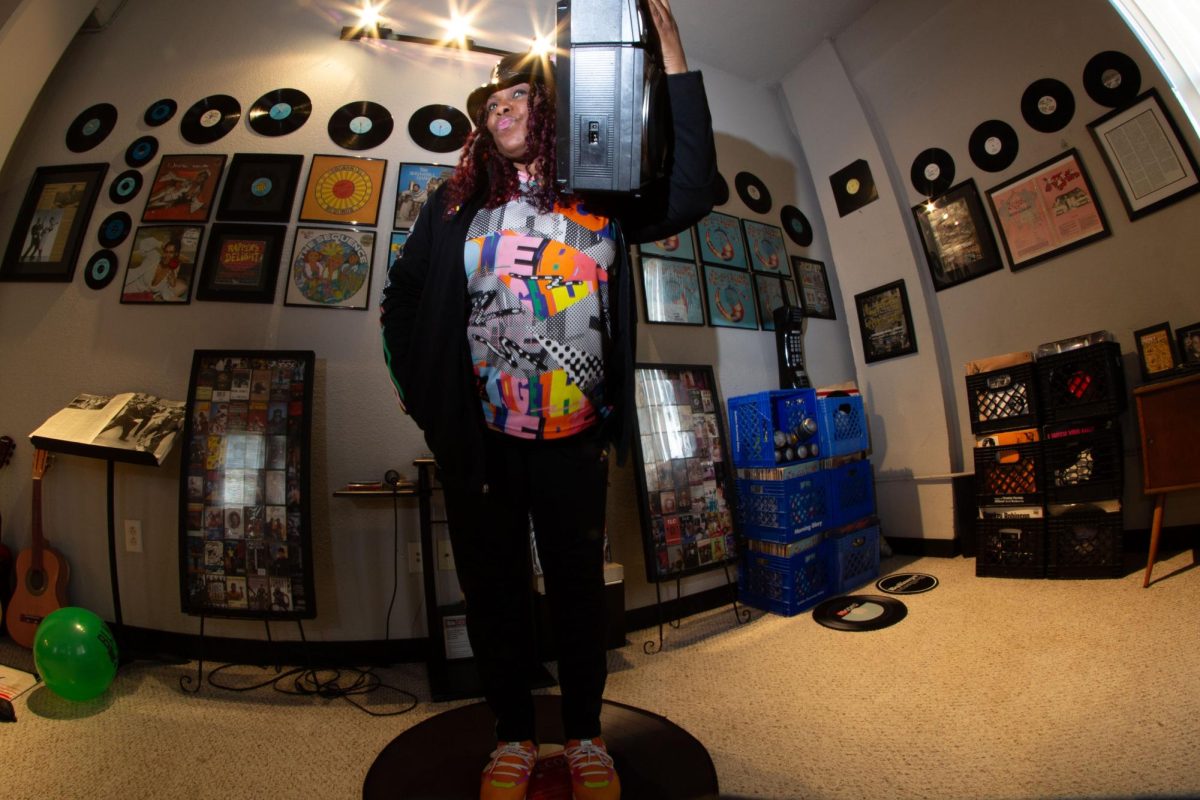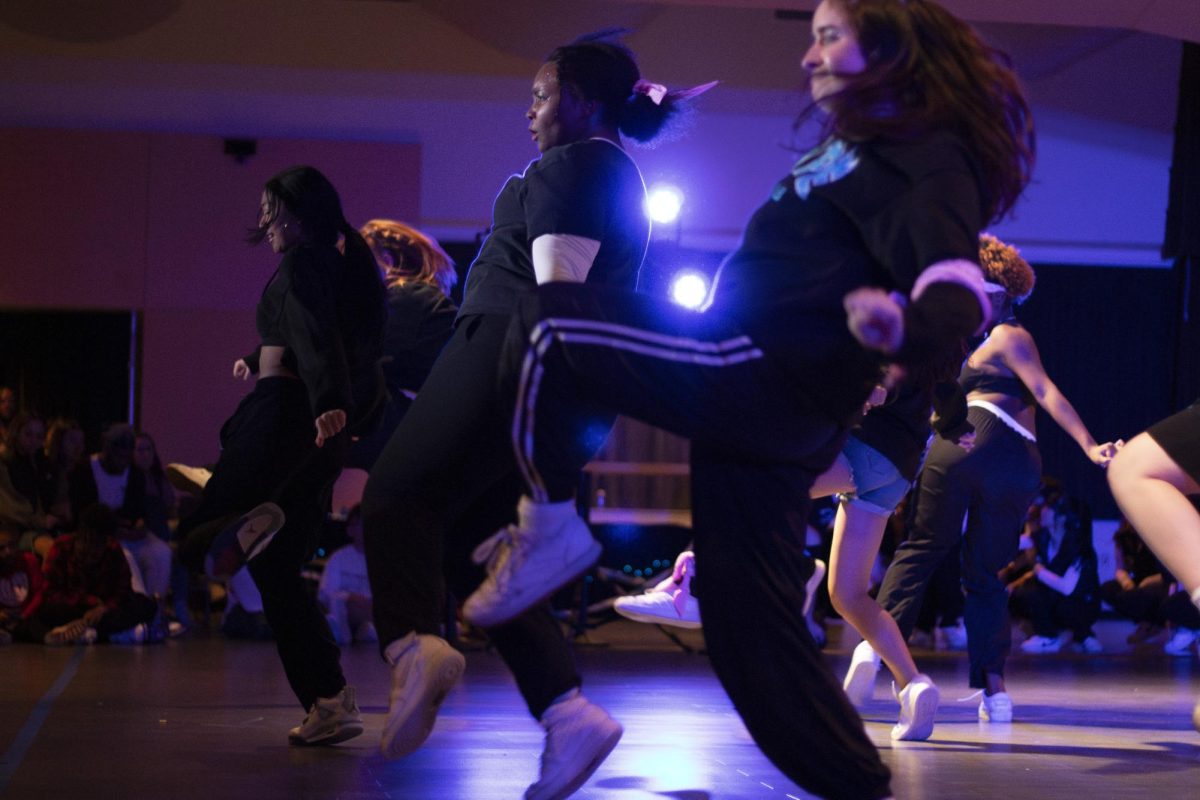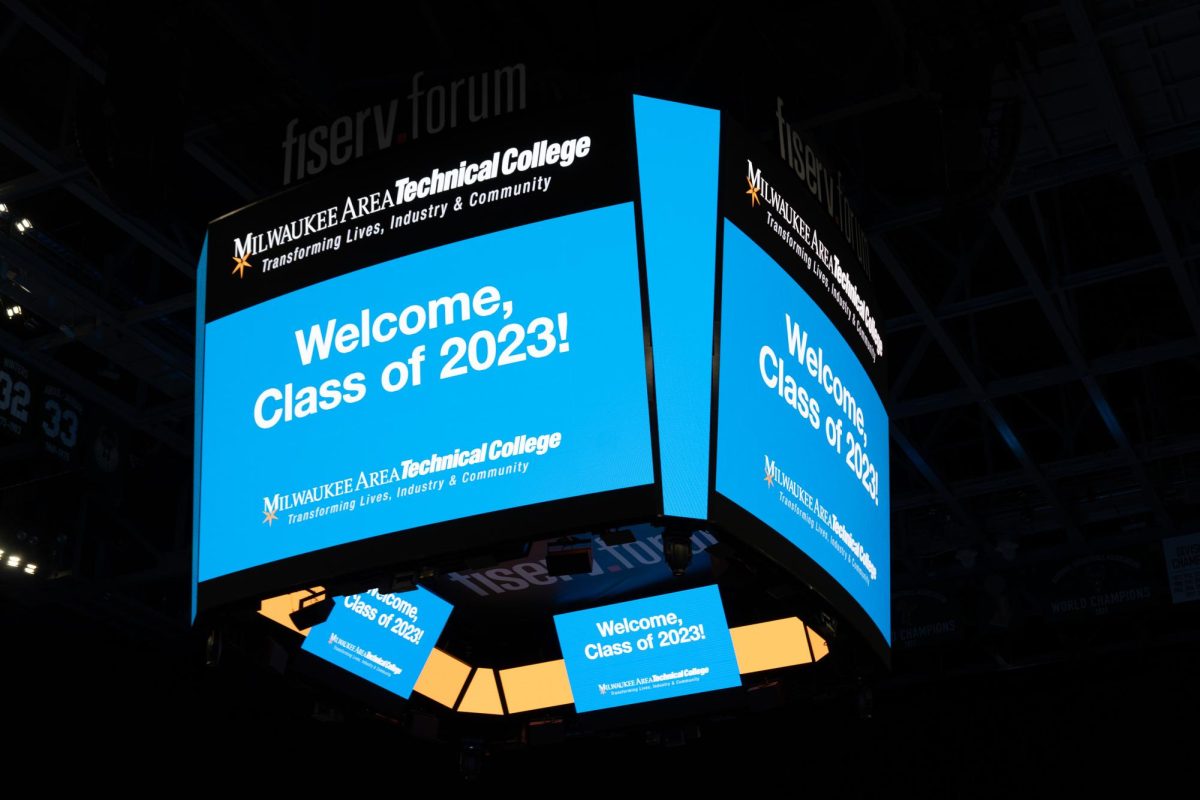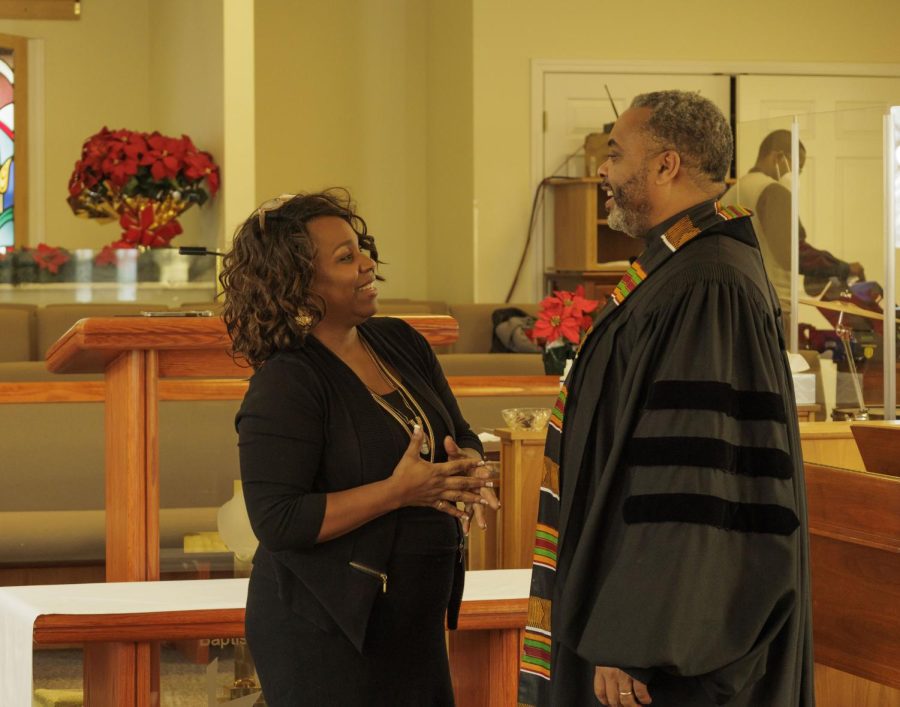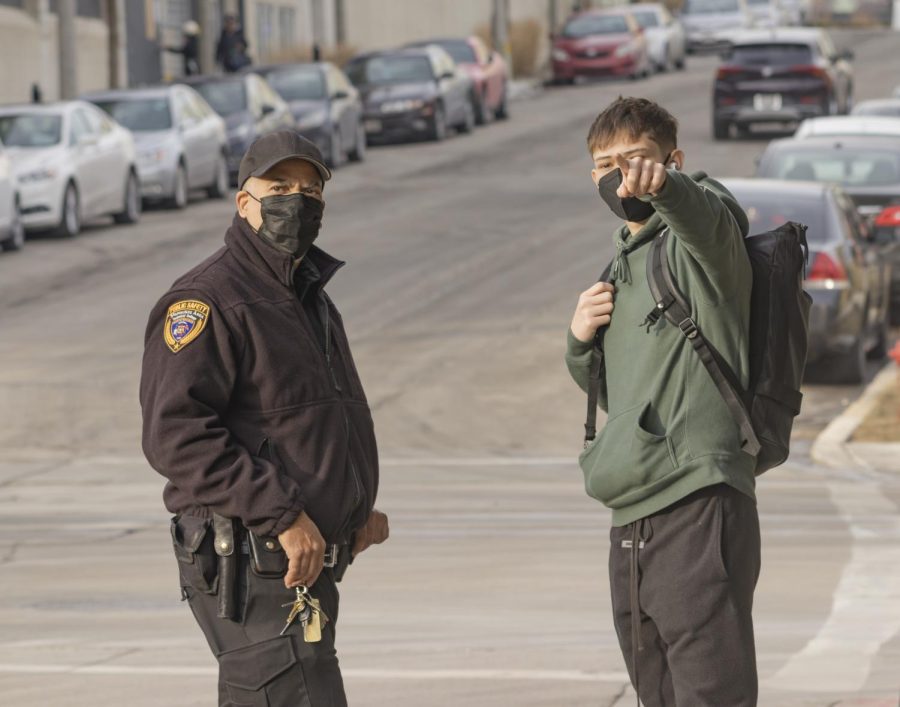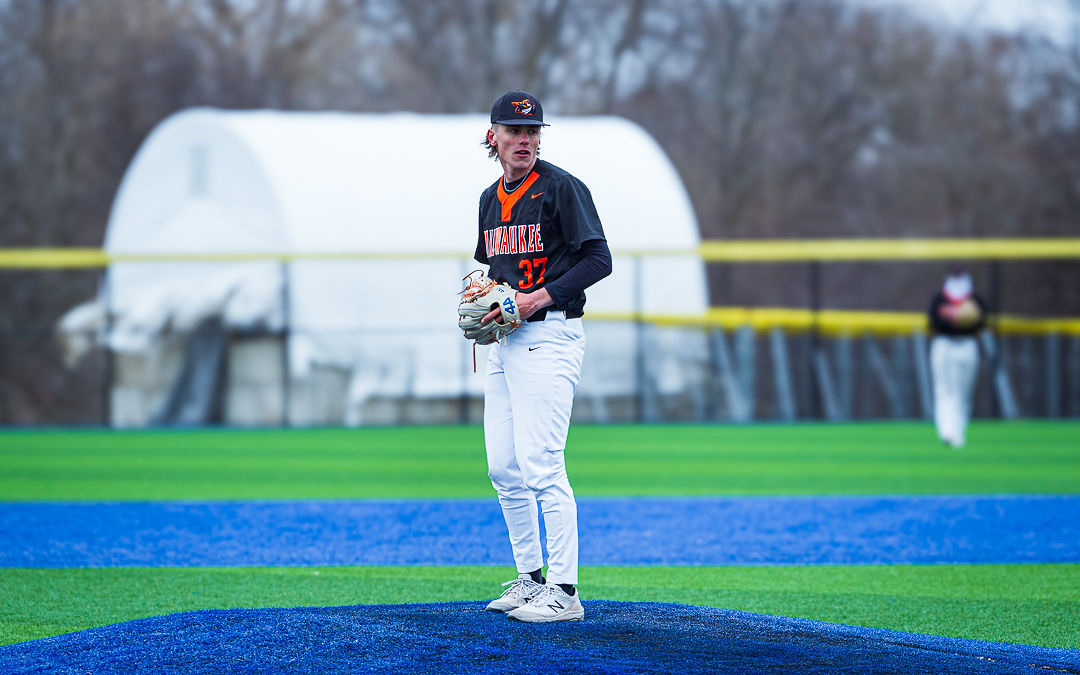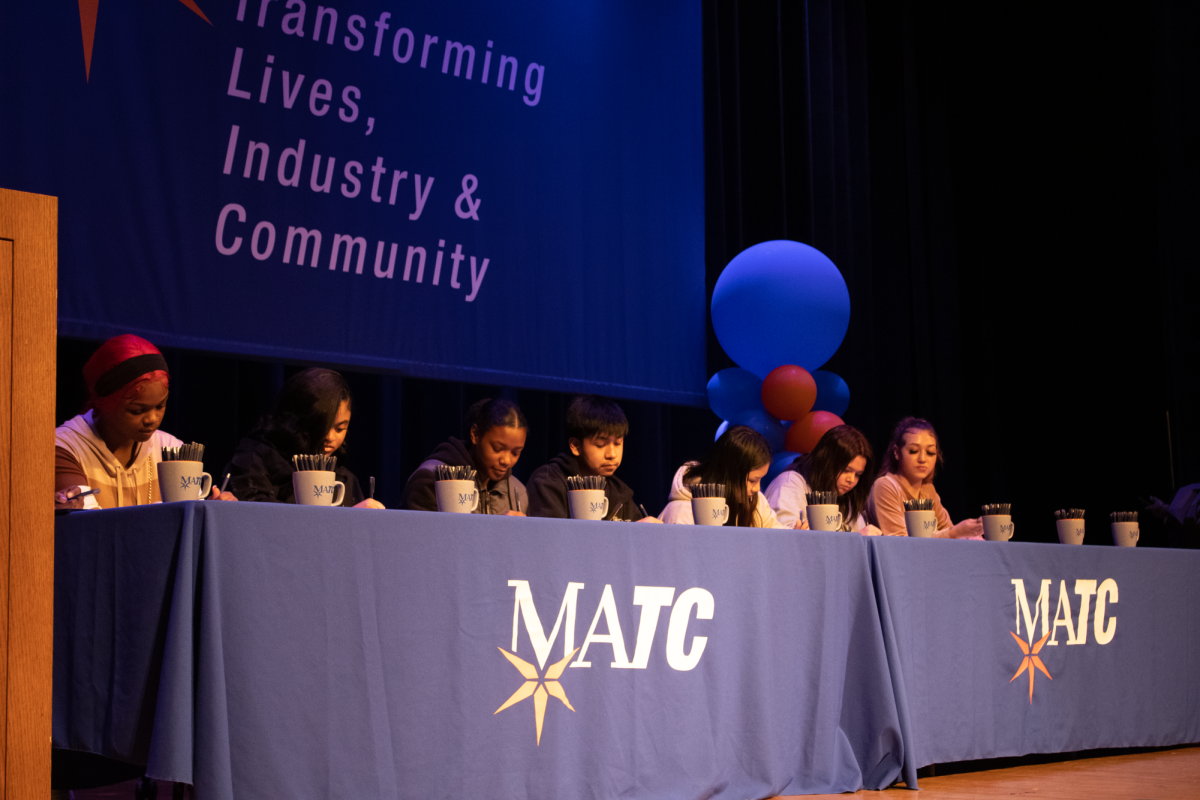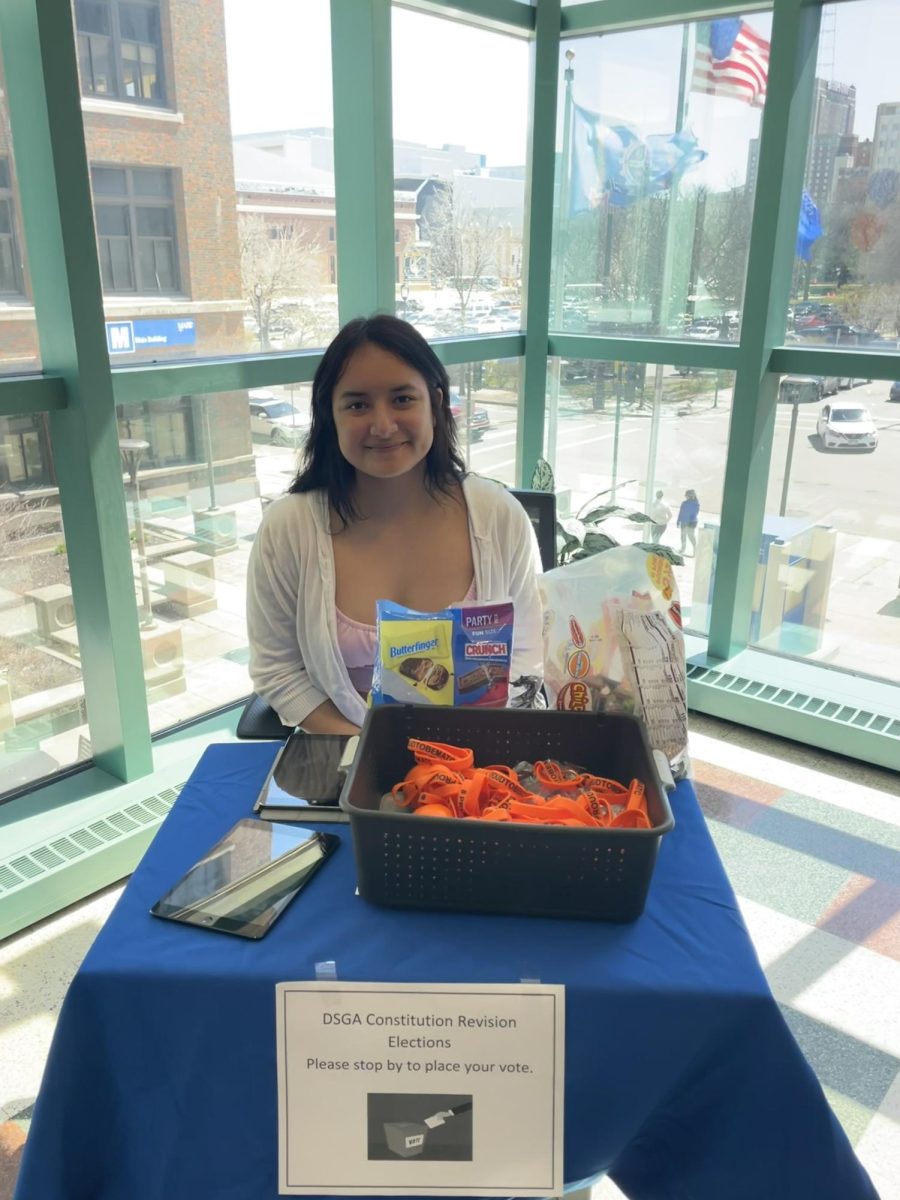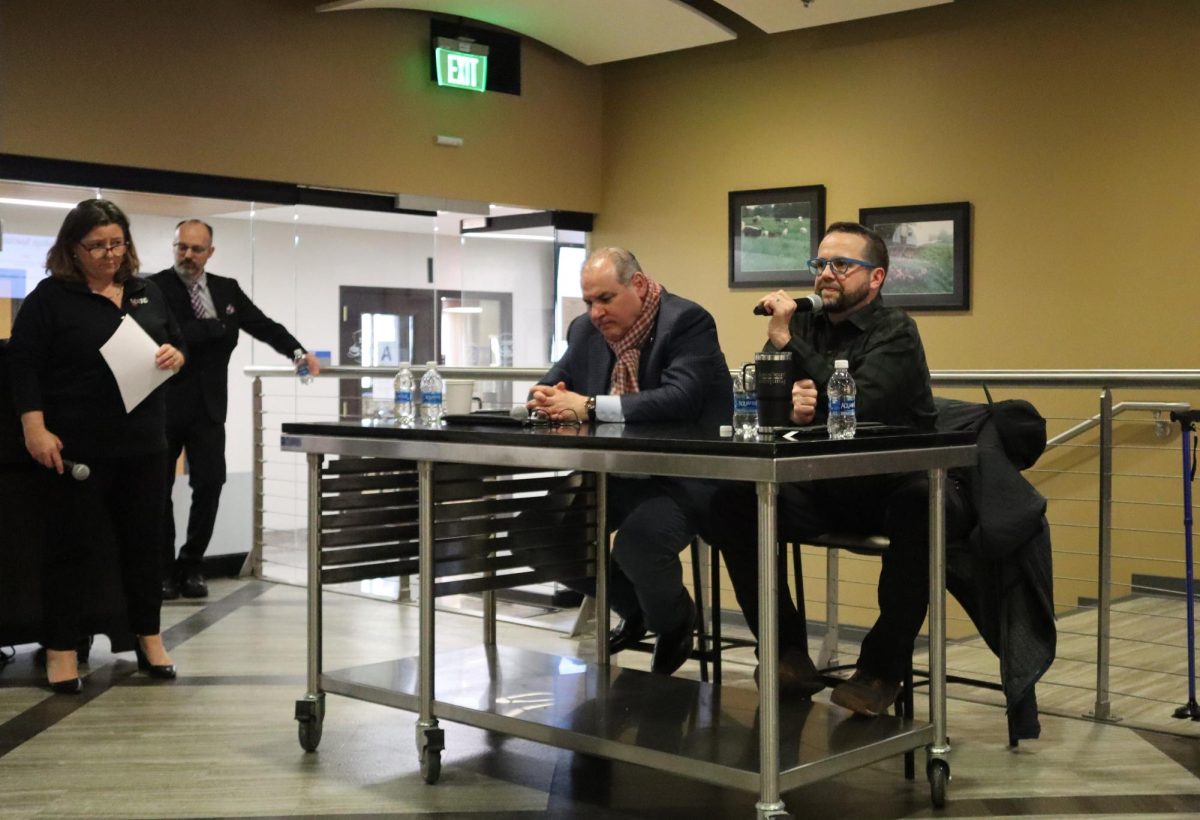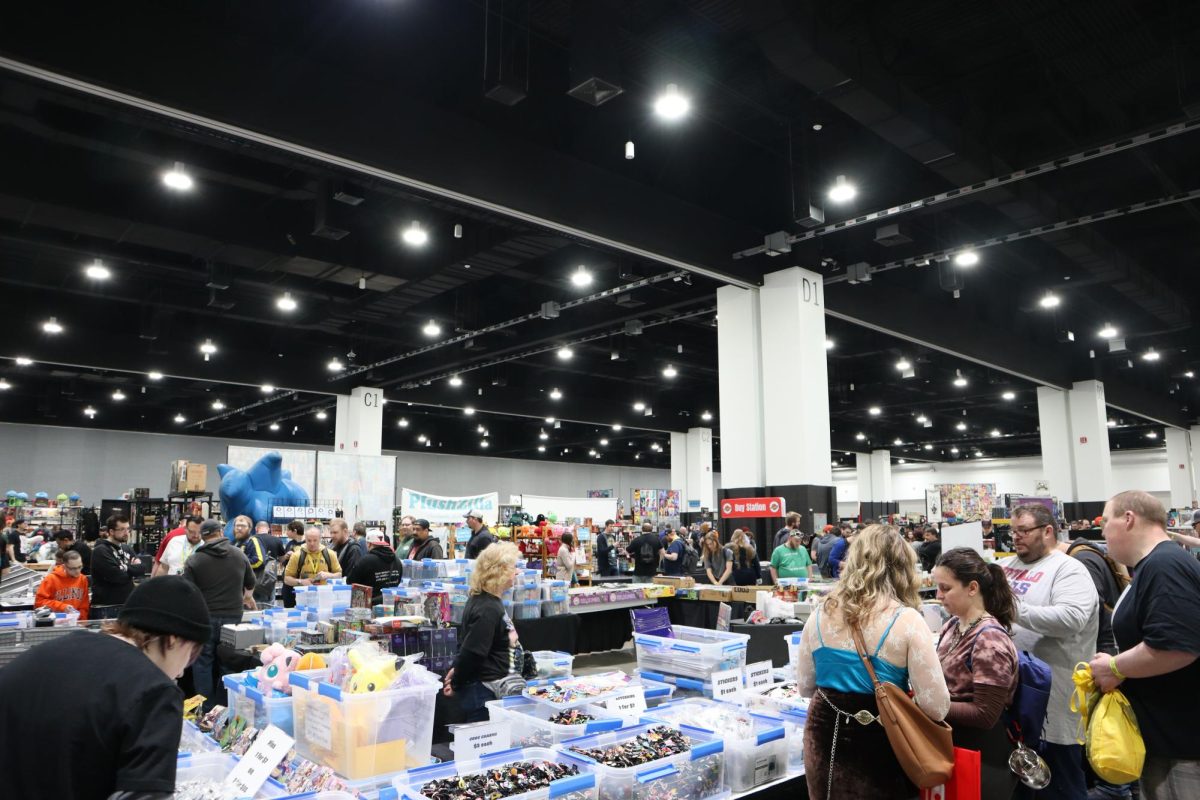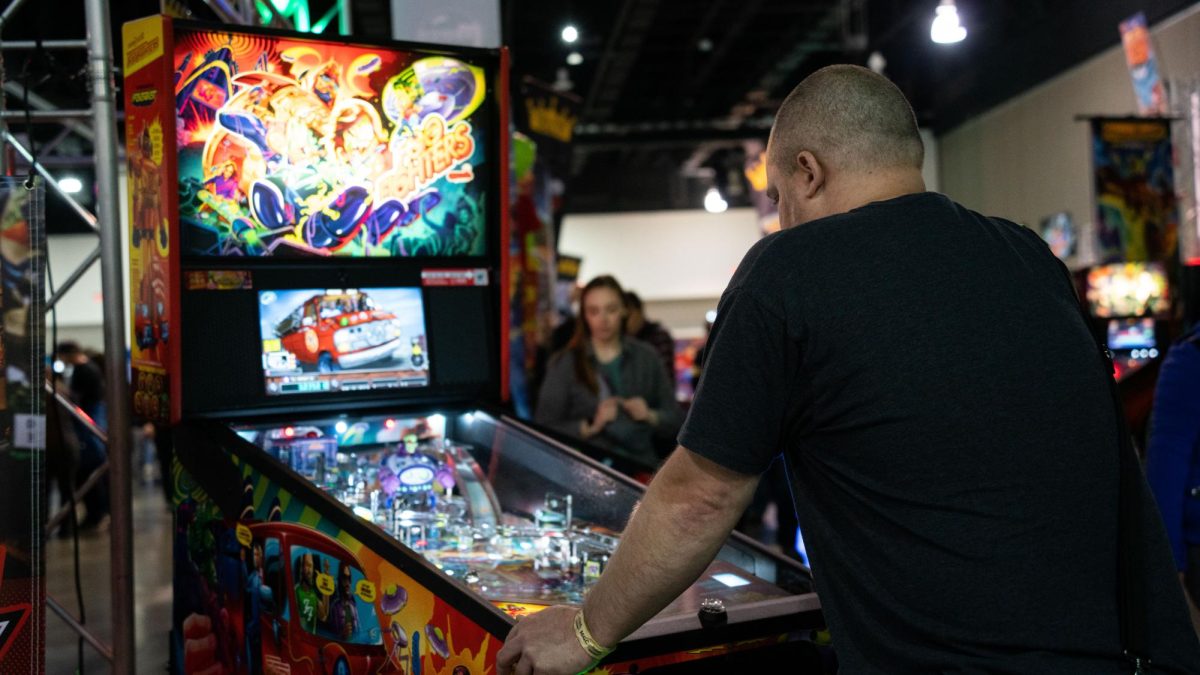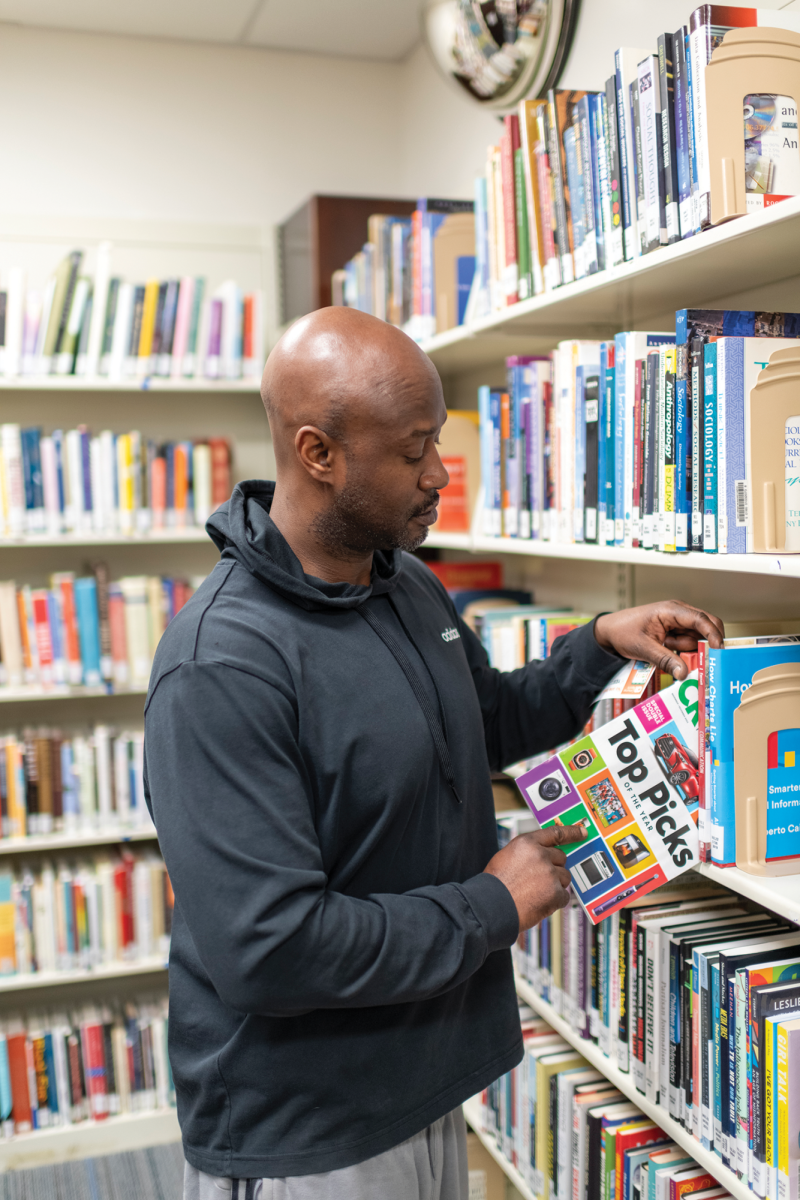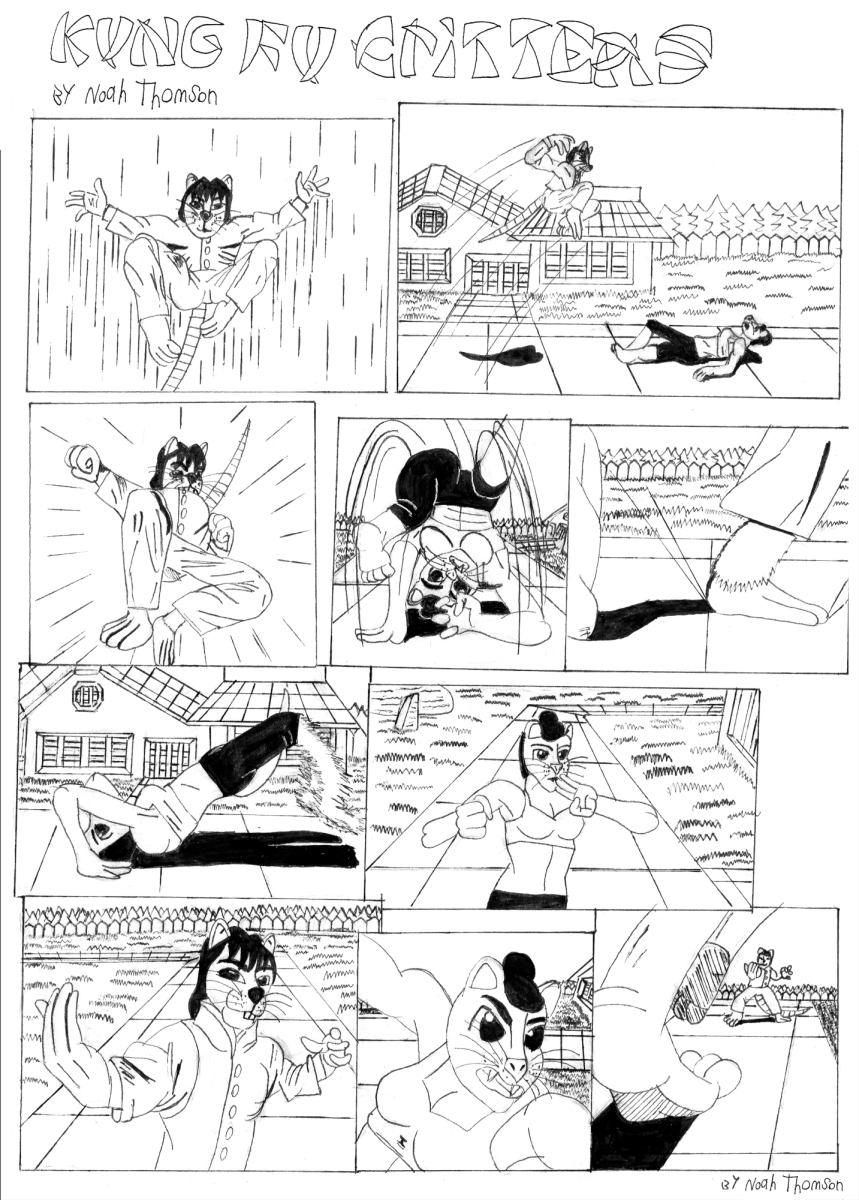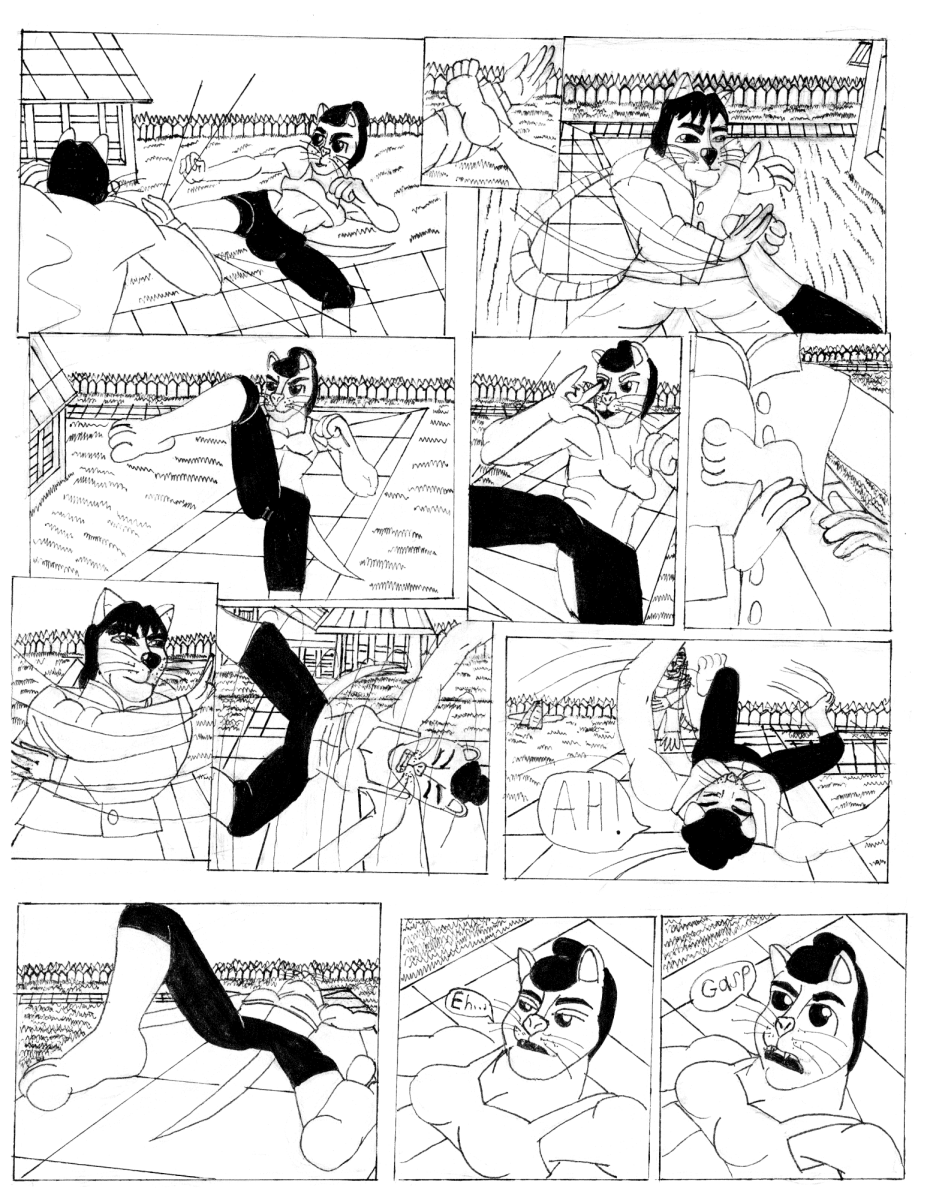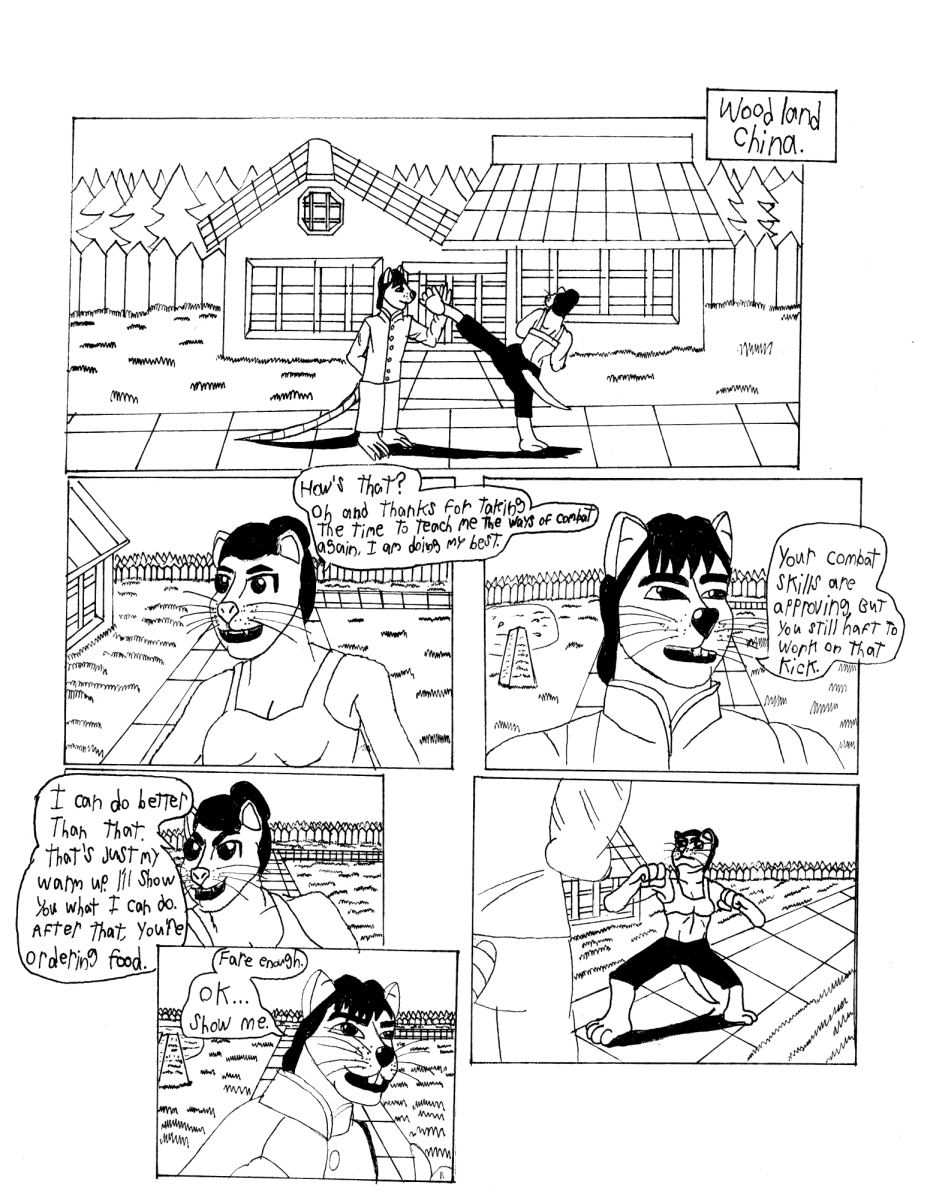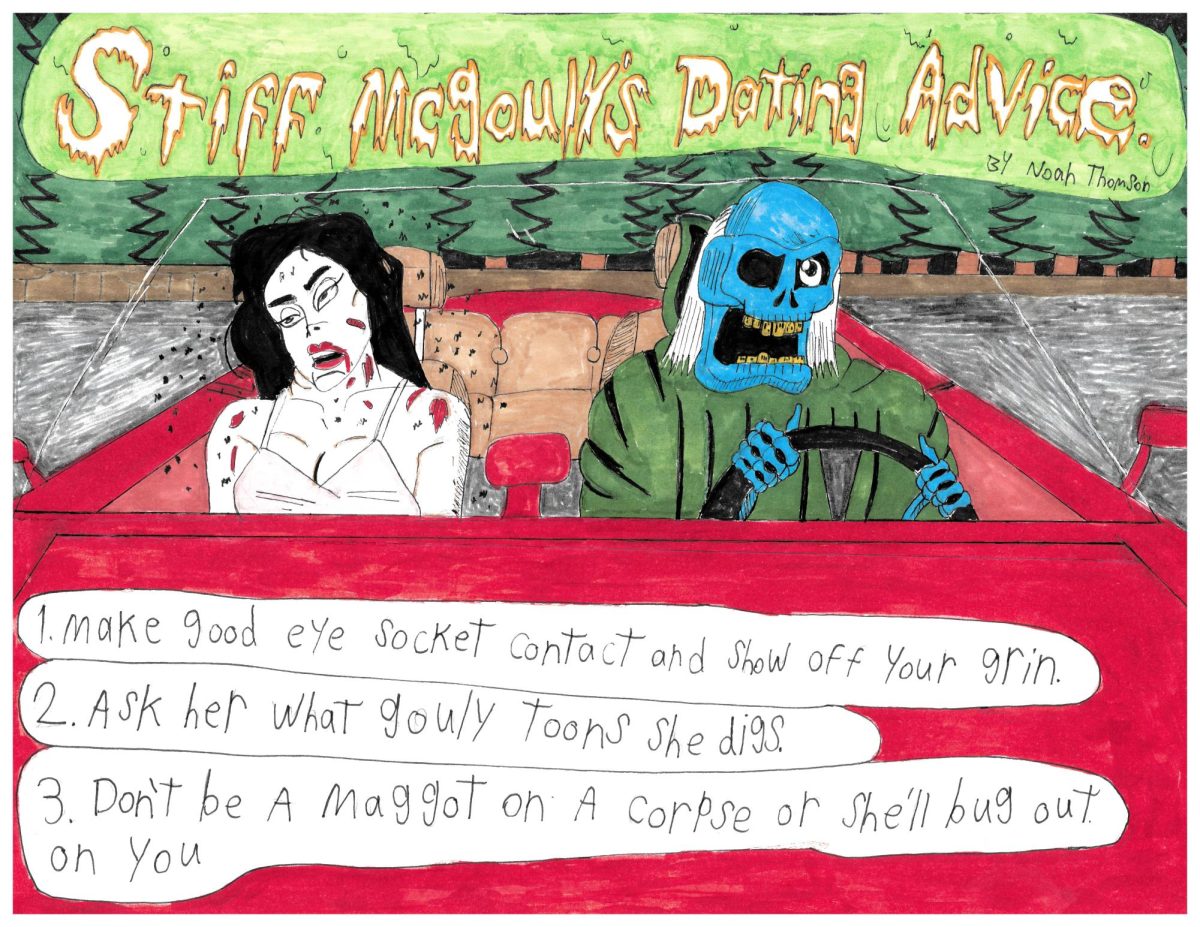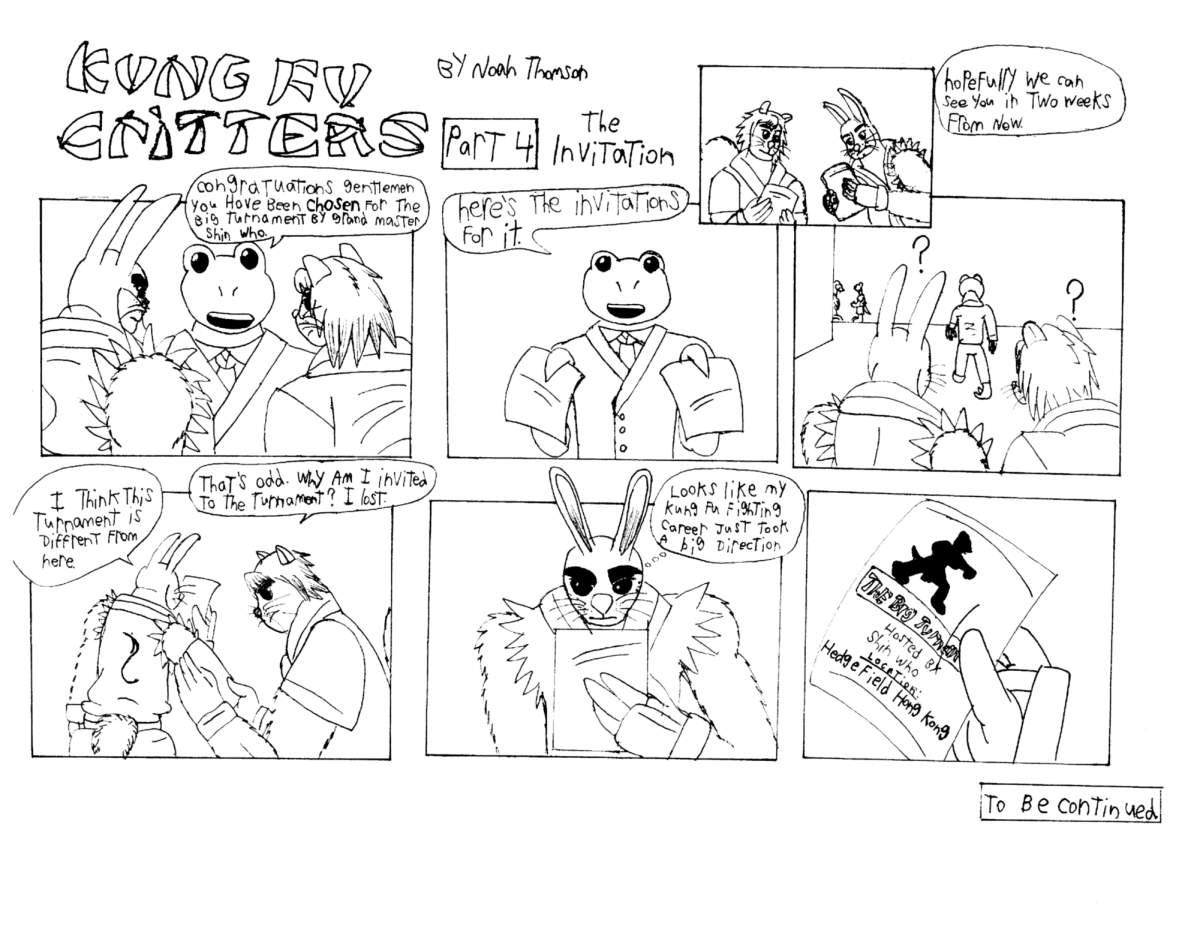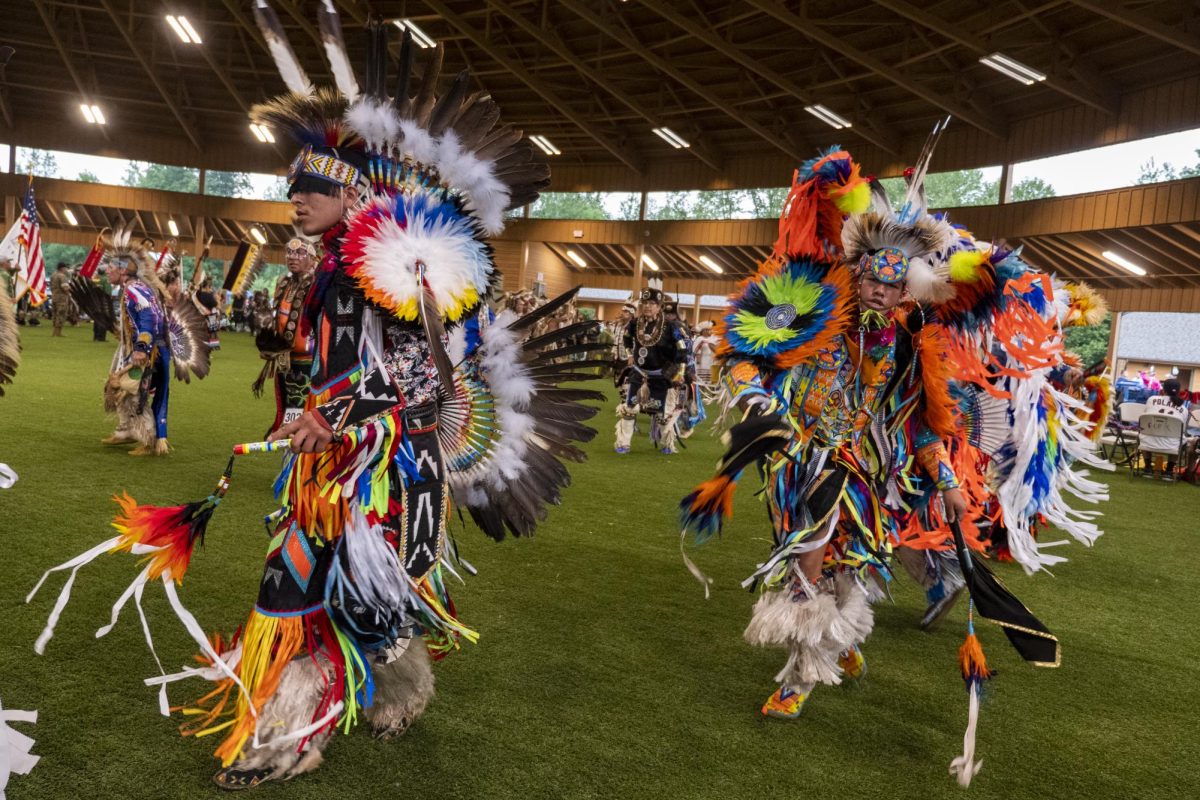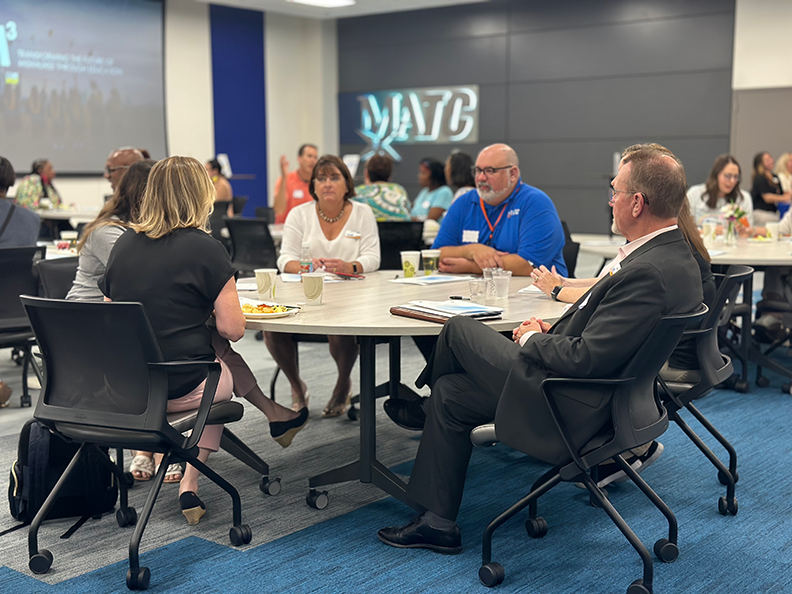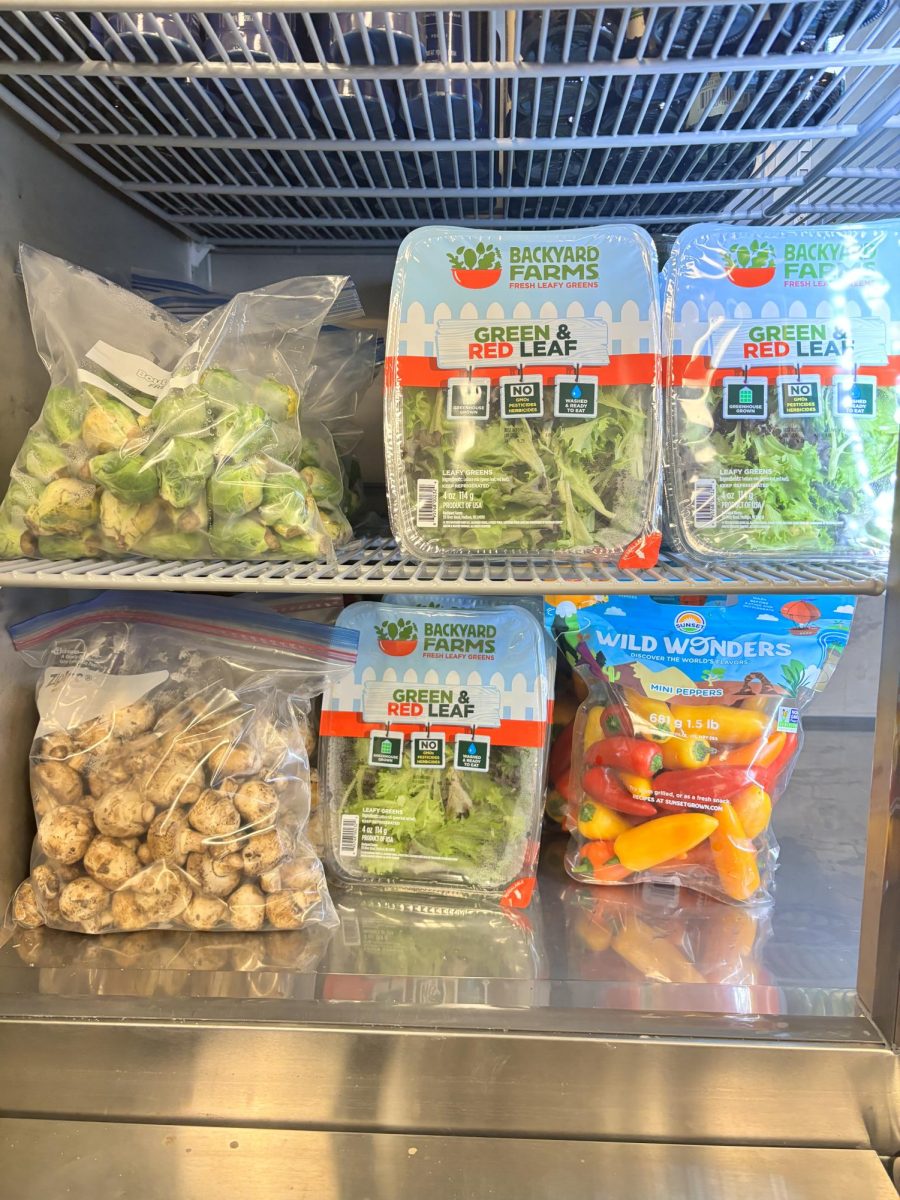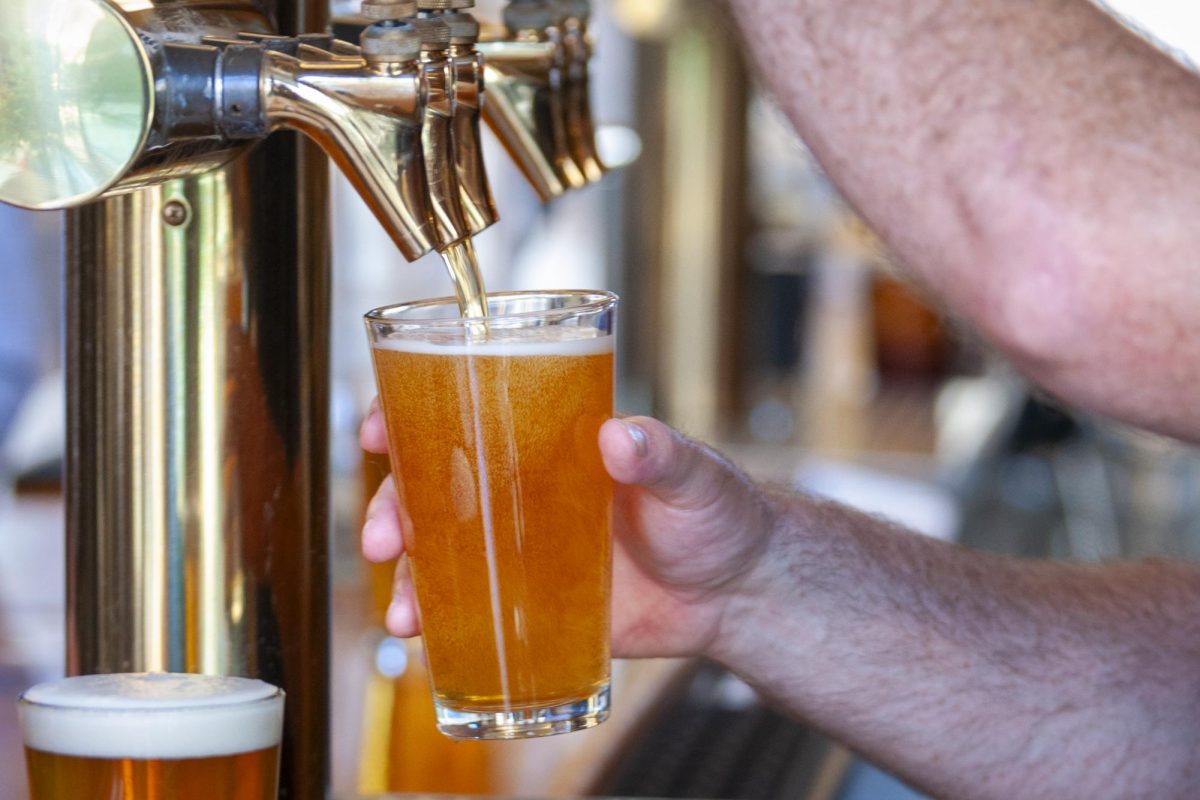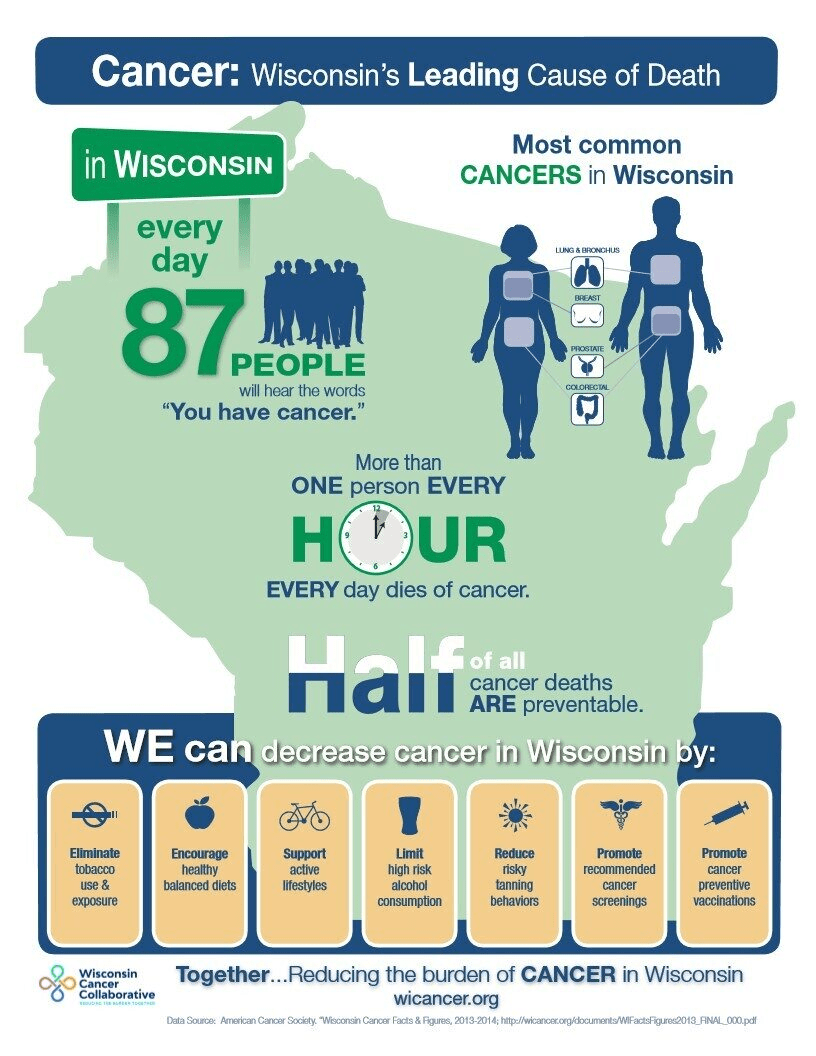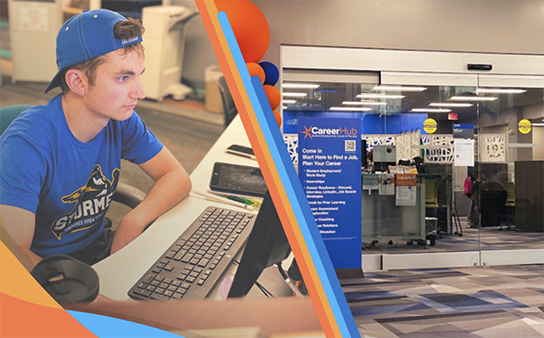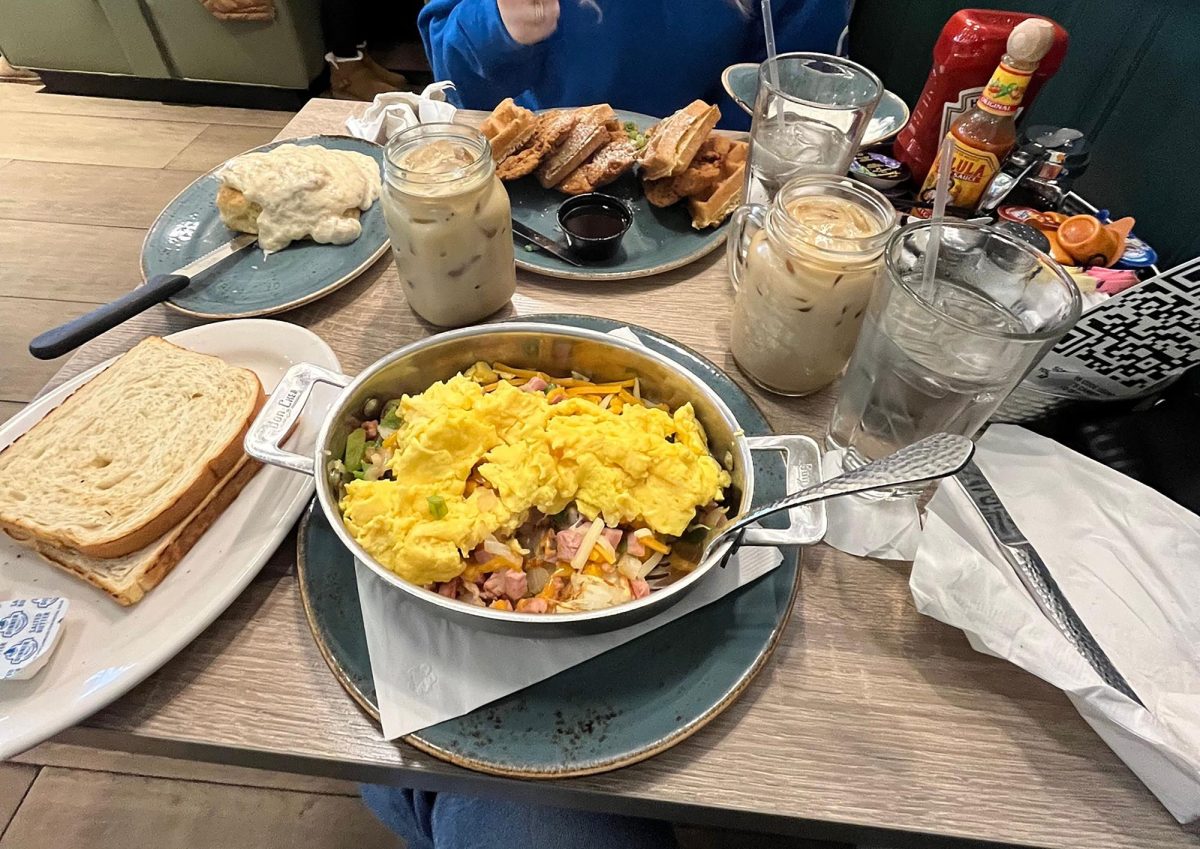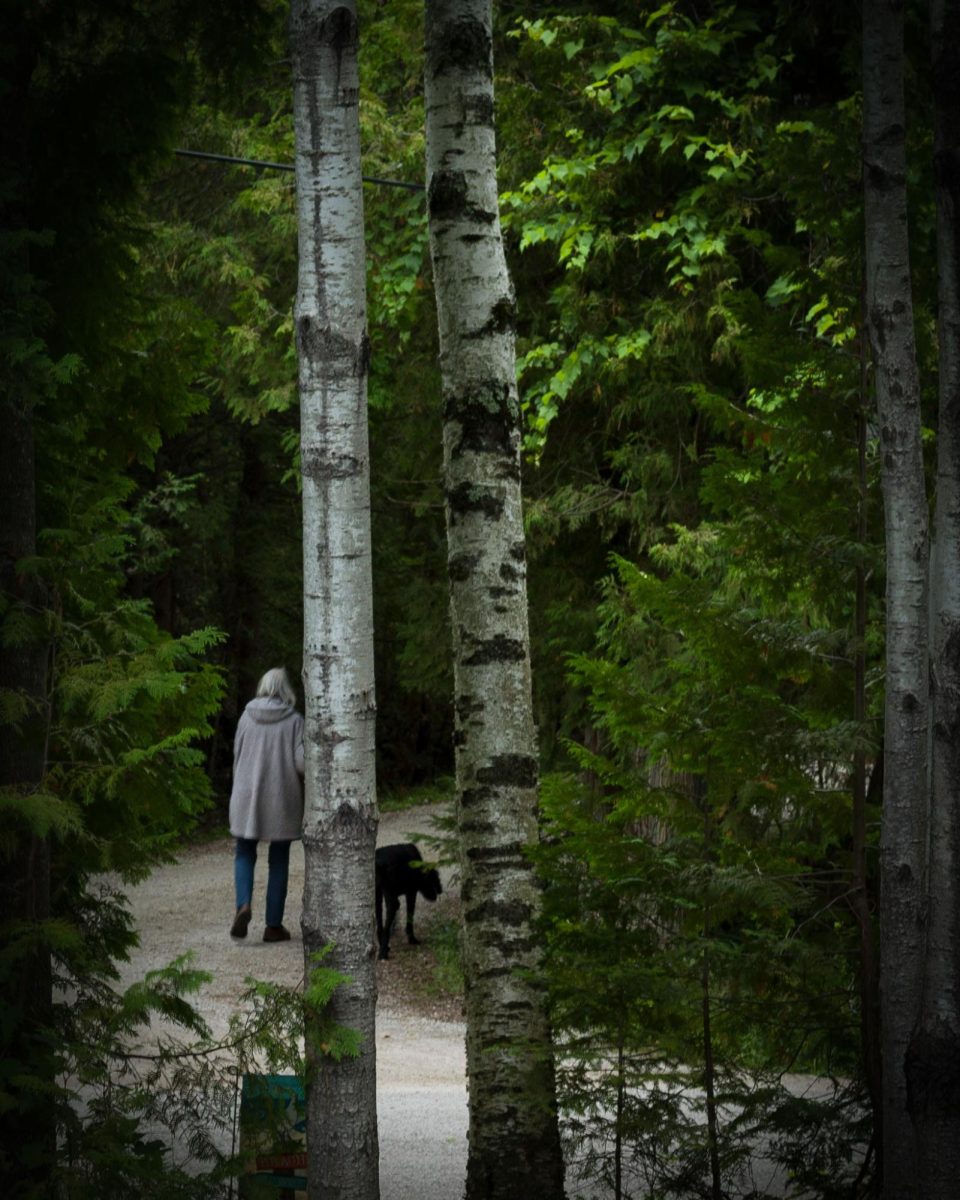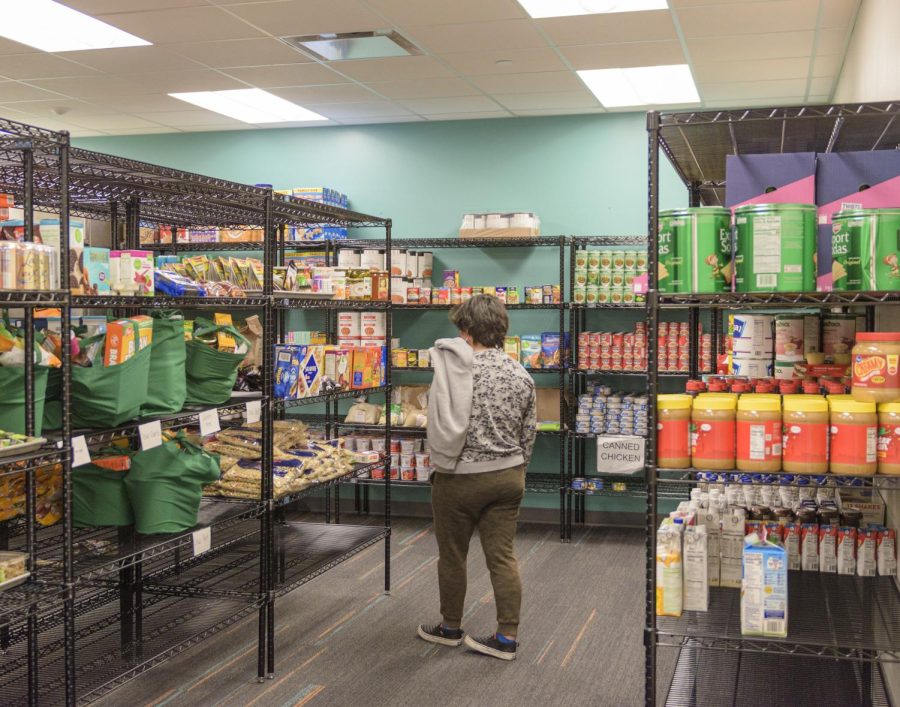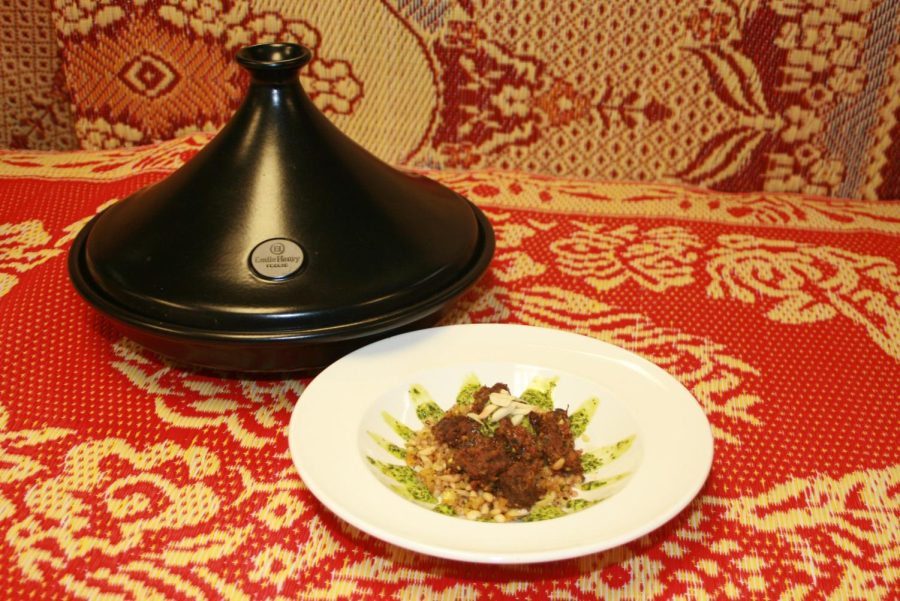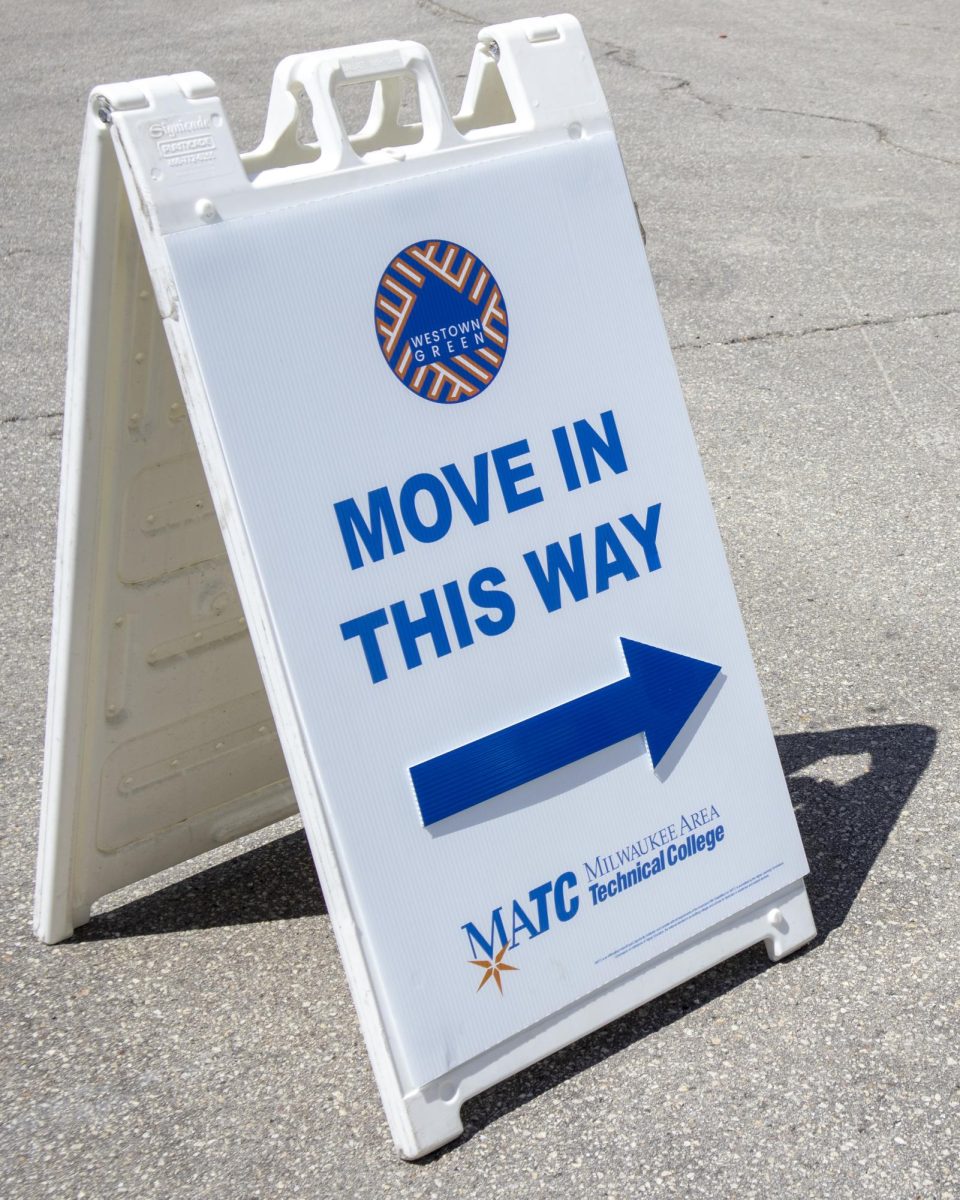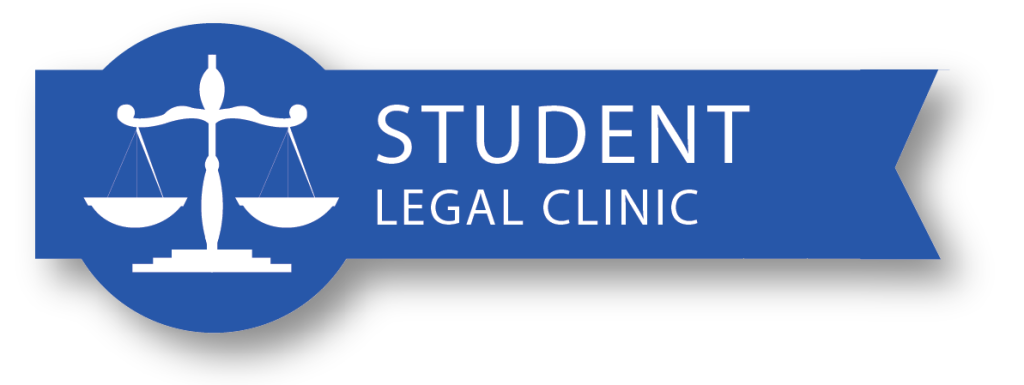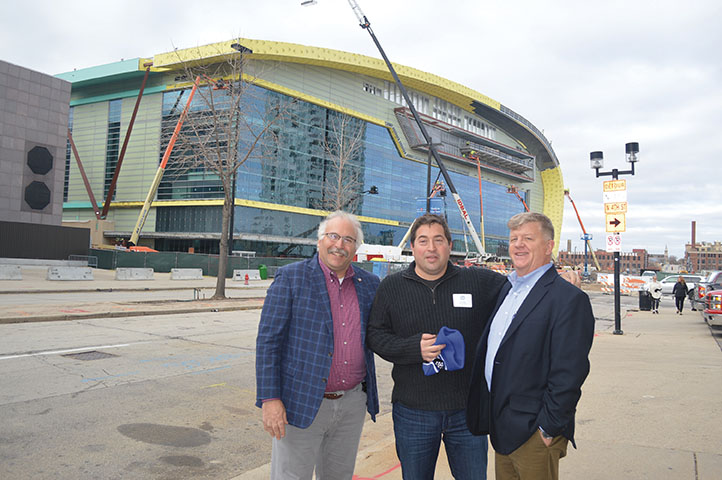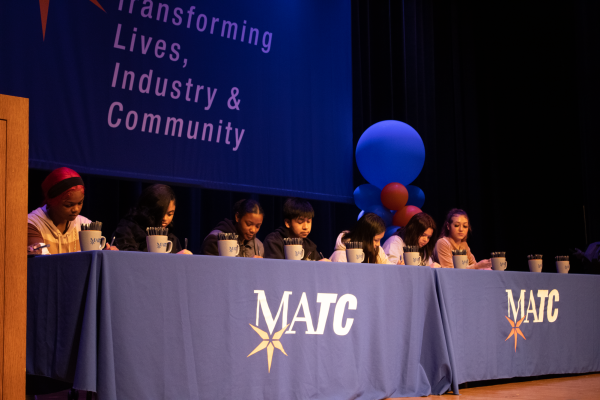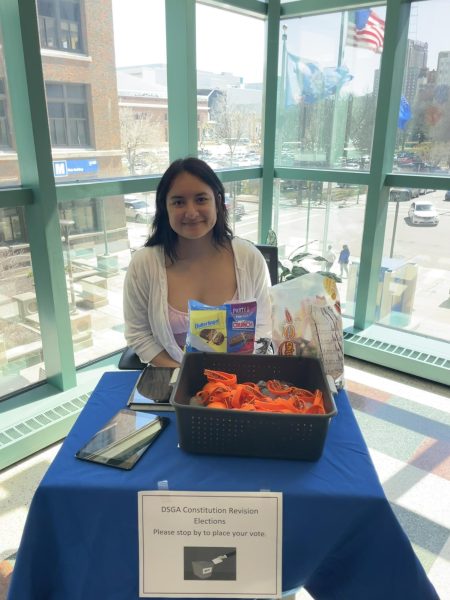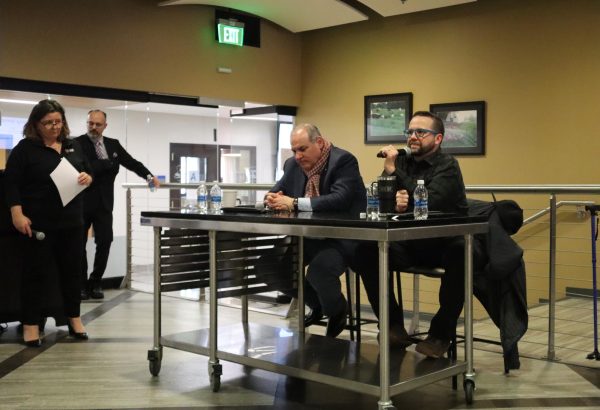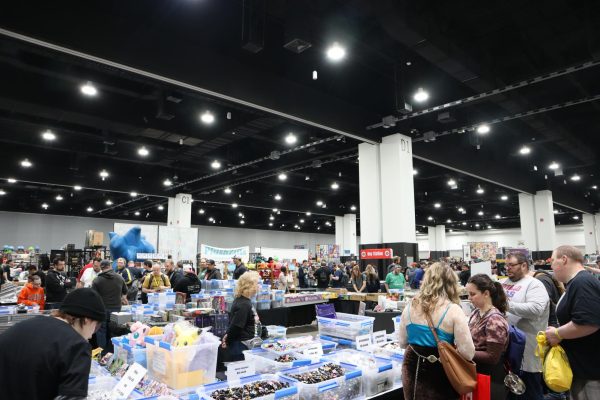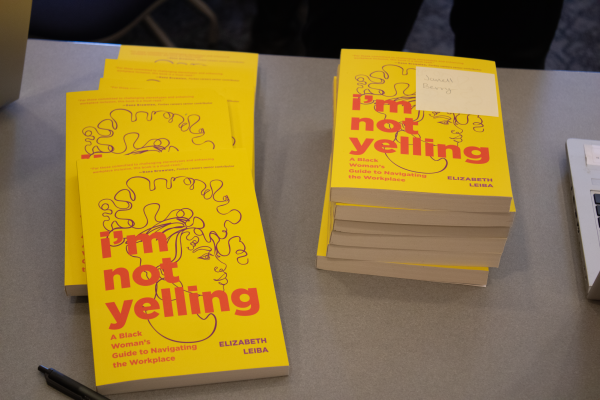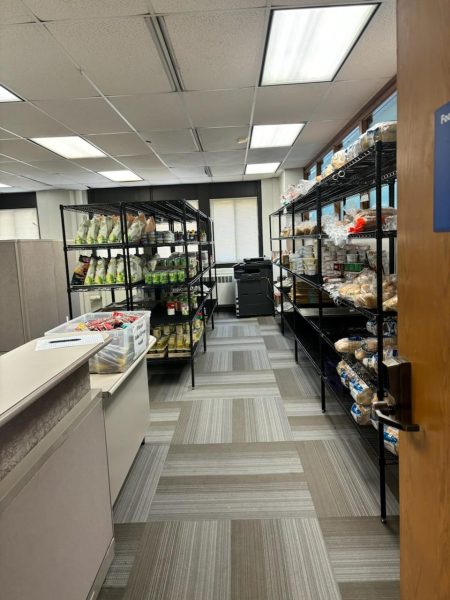Behold the Bucks in our backyard
Photo by Photo/Milwaukee Press Club
Mark Kass, former president of the Milwaukee Press Club; Peter Feign, Milwaukee Bucks president; and Jim Nelson of the Milwaukee Journal Sentinel, pose in front of the new Bucks arena under construction.
On Nov. 16 the Milwaukee Press Club hosted a meeting at Turner Hall to discuss the progress and plans surrounding the new Milwaukee Bucks arena and sports facility, along with plans for business and residential districts. The speaker panel featured Peter Feigin, president, Milwaukee Bucks; Tracy Johnson, president and CEO, Commercial Association of REALTORS Wisconsin; Matt Rinka, principal, Rinka Chung Architecture Inc.; and Bobby Wiltgen, owner of Who’s on Third, Cantina and Oak Barrel Public House. Area journalists included Rich Kirchen, Milwaukee Business Journal; Jim Nelson, Milwaukee Journal Sentinel; and Melinda Davenport, WISN-TV; were on hand to ask tough questions surrounding the arena’s impact, both positively and negatively, on area residents on issues surrounding jobs, real estate, parking and safety.
The meeting opened with an update on the $524 million project. Despite the enormity of the project, it is running ahead of schedule with the $30 million practice facility and parking structure completed. The speakers provided a unique perspective from their respective field of expertise on some of the questions and concerns surrounding the project.
On the issue of the impact of the new arena on the residents living in the area:
Feigin, Milwaukee Bucks:
One way is employment; upwards of 350 full-time employees covering the Bucks and other entities, as well as other (employers) anywhere from 1,000 to 1,200 jobs on the hourly basis.
Another big benefit is just increasing the tax basis in different ways. We want to attract residents down here. We want to spur retail entertainment spending in a big way. All those are economic levers to help the City of Milwaukee, and all of that transacts within the city and that should help all the citizens of Milwaukee.
Johnson, Commercial Association of REALTORS Wisconsin:
Peter touched on trying to build that commercial base, the property tax base, but also think about those homeowners and those property owners who have an increasingly valuable asset and so the thought obviously is that all ships will rise. In the end I think if it’s done organically and correctly this will be a good thing for everyone.
Rinka, Rinka Chung Architecture Inc.:
From a design standpoint we’re trying to stitch neighborhoods together, and I think the development of this area, and some of the development that we foresee coming in all surrounding areas around this neighborhood, is only good for people’s livelihoods.
Wiltgen, owner of Who’s on Third:
From a hospitality standpoint … I think that if the Bucks can continue to bring in more events and more concerts, that will lead to more employment, at least on our side.
On the commercial and residential progress and if the timeline goals are being achieved:
Feigin, Milwaukee Bucks:
We’re in this 18 months to recruit and really bring in the corporate, commercial side, some substantial tenants. If you ask me, and I’d answer the question every time you’d ask me, I want it done tomorrow. I think we might have a solution within two years and we’ll probably build and develop in probably 18 months from that.
Johnson, Commercial Association of REALTORS Wisconsin:
… having a master developer I think is really important. In talking to some of the brokerage community who had tried to do work there prior to the Bucks owning it, there was very little clarity about how that was done. This has been, I think, just a really positive step for the corporate community and for the development community.
Rinka, Rinka Chung Architecture Inc.:
I think from a timing perspective as Peter alluded to, it’s moving much faster than I think, at least someone in this like myself, would expect. I think if we tried to speed things up and make sort of quick decisions, I’m not sure those would be the right decisions. I think the idea that we want good development, good sort of next steps in how we progress as a community, that’s a much wiser move.
Wiltgen, owner of Who’s on Third:
From the hospitality side, honestly, talking to customers, I think it’s moving very fast. At least on the hospitality side, to be open at Who’s On Third and eventually Cantina in a couple months, we’re excited about the development so that we can increase business before 5 p.m. or 6 p.m.
On the challenges, triumphs and surprises stemming from the project:
Rinka, Rinka Chung Architecture Inc.:
From a challenge standpoint, I think the challenge of getting people in Milwaukee, we’re such Midwesterners, and the challenge of getting individuals in Milwaukee to sort of believe that we can create a world-class facility and destination and plaza and the buildings around it in the connectors …That’s the challenge that as a designer we want to open people’s eyes to what the opportunities are and how great our community already is, and I think for us that’s always our biggest challenge.
Johnson, Commercial Association of REALTORS Wisconsin:
I would say with the commercial realtors, the largest triumph goes back to how this was all put together and made possible. … It would be getting it done and then having everybody say, ‘I can’t believe I ever thought this wasn’t going to work.’ Just to say that everybody has embraced it.
Feigin, Milwaukee Bucks:
I don’t think we’ve seen the greatest triumph yet. I hope we haven’t. The real challenge for us as a business is culturally. It’s effecting change. Really how do we build an organization that is transparent, that’s really straight forward and forthright and is very goal-oriented and active to do that. That’s part of the triumph and the real challenge; kind of moving forward and effecting change …
changing cultural behavior will be even the next challenge of how we create this neighborhood and really populate it in a very, very big way.
Wiltgen, owner of Who’s on Third:
I think the thing that we were surprised about … is how quickly the excitement for the Bucks changed in our area. People actually come in to watch games when you’re away and that’s something that was lacking before. The excitement is just there and it’s not just the players.
The biggest hurdle that we’ve had, obviously everyone talks about that, is parking. There’s issues I guess with now turning on Fourth St. and State St. being one way and working with the city to kind of make it two-way lanes to make it easier to circle around… .
On the five-year plan for the arena from each speaker’s perspective:
Rinka, Rinka Chung Architecture Inc.:
I don’t have my crystal ball with me today, but I guess what I would love to envision is a continuation of what’s already happening, and I think that’s the excitement of Milwaukee and the great amenities that we have, natural and manmade amenities that we have. I think from the entertainment district itself, I think it’s going to become an entertainment, mixed use, office, you name it, district that is going to be really a gateway into the rest of downtown.
Wiltgen, owner of Who’s on Third:
From the hospitality side, Peter and the rest of the Bucks keep a great crowd, great players playing and to be honest, one of the greatest things that my customers talk about with the Bucks players is that they just seem to be great people. For me it is one of the unique things when we opened up Who’s on Third is a lot of stage production people tend to come in before, probably five, six hours before setting up for a concert … For us, in five years, getting those Maroon Fives and all those kind of big-ticket items is just going to help us on the street immensely.
Johnson, Commercial Association of REALTORS Wisconsin:
I think one of the things that stood out was about changing that perception of the city and creating a culture of feeling safer, because that is what’s going to get people to come down, stay downtown. Right now, west of the river, there’s a lot of vacancy and under utilization and spill over. We’re very hopeful that’s going to happen and like I’ve said, the leasing process and filling up those buildings doesn’t happen overnight, but they’re very hopeful and optimistic.
On the impact of the arena on MATC students parking and transportation:
Feigin, Milwaukee Bucks:
Vicki (Martin) who is the president of MATC, and ourselves are literally talking about the logistics, talking about student parking, talking about how we can work the neighborhood the right way … the same way we talked to the Third St. folks about what we’re doing in detail so we’re not overlapping. It’s all about coordination. I think MATC is an unbelievable great example. We love that student population to migrate a little bit east and kind of enjoy the whole neighborhood, versus just kind of the thoroughfare down Sixth and State when they walk in. We’re very cognizant of MATC.
Rinka, Rinka Chung Architecture Inc.:
A lot of students live downtown so they don’t have to drive, but I think from a parking standpoint, I guess I’m a proponent of tighter parking, more density, more public transportation. [With the upcoming]street cars and buses, … I think the more options to get to this area is always a good thing, being able to move people around is healthy for the city.`

